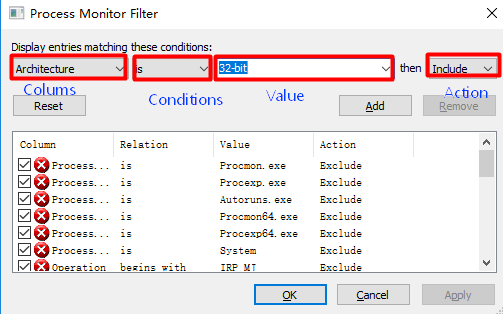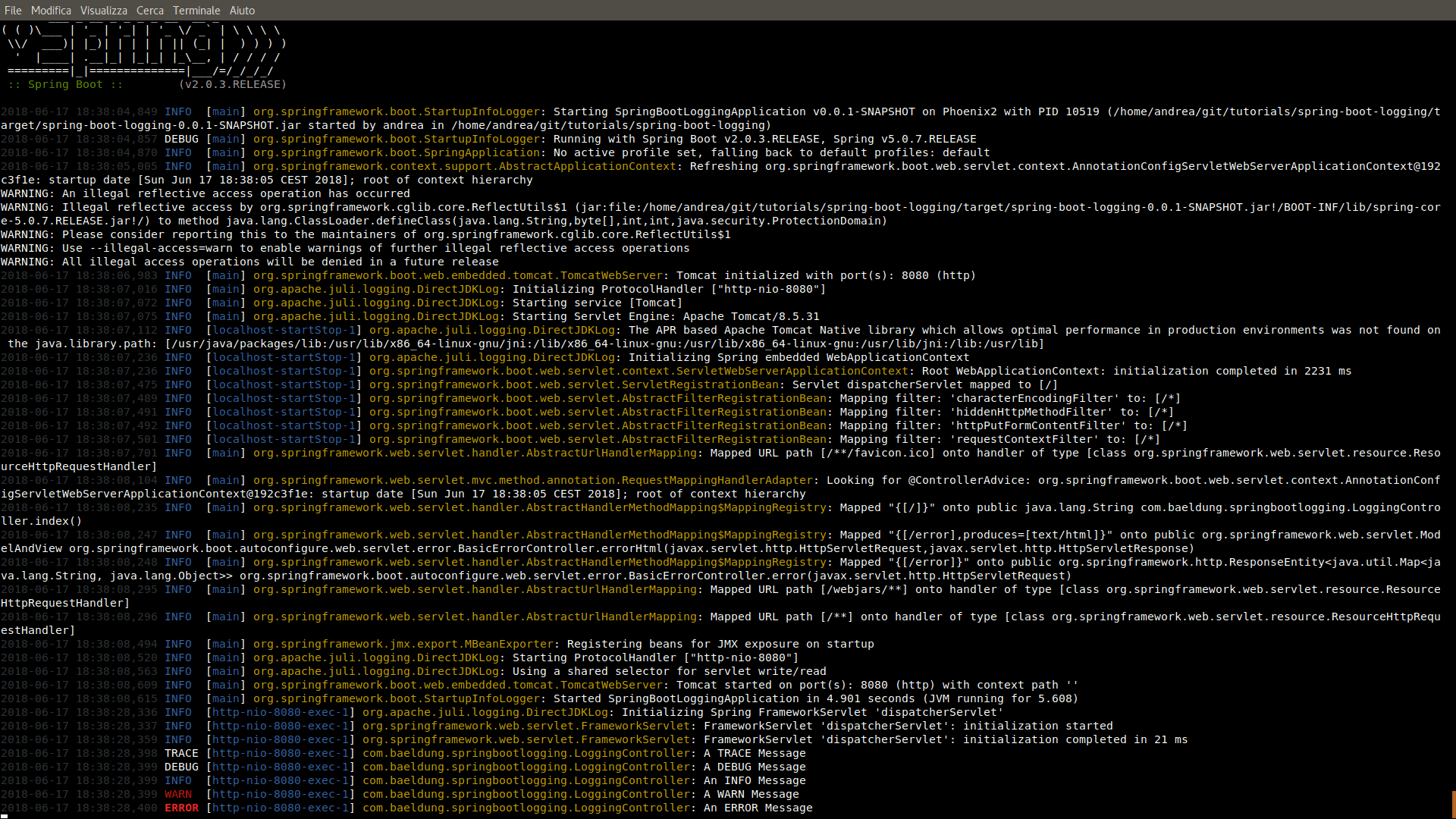

This could be a marker that the desktop is at or near "ready to use" for the IT consumer. You might have for example a tool that starts up to assist with setting up a default printer. This is again an arbitrary state, to be determined by each customer in their environment. At "desktop ready to use", the user should be able to open their e-mail client or their business tools and be able to use them without having unnecessary pauses or busy cursors. Regarding the phrase "desktop ready to use", this is an arbitrary time in the logon process, where Windows has started the majority of services and processes, and has achieved a state where the user can begin opening and interacting with applications. Process Monitor (the user runs Process Monitor to stop and save the trace, which also indicates the desktop is at or near a "ready to use" state).Userinit.exe (started after a user has entered credentials, is successfully authenticated, and subsequent processes are started for that user to set up their desktop).Logonui.exe (logon dialog is presented to use).

Process start events can be used as markers to indicate key events in the Windows startup process. For pure time measurements of reboot and logon timing, the only events that needs to be collected are "process start" events. The only condition of WPT that lead me to use Process Monitor, is that Process Monitor has a powerful filtering capability that allows a reboot cycle trace to be as small as 8192 bytes (8 KB). WPT is also a "must have" set of tools for tracing a reboot scenario, and many other facets of Windows performance. I know of at least one other toolkit that performs this Windows Performance Toolkit (WPT). The information collected from this startup trace can be used to determine how long the computer takes to get to various states, such as: One of the great capabilities of Process Monitor is its ability to capture a computer trace from very early in the computer startup process. Process Monitor has evolved over the years from several different tools, into a single, "must have" tool for a wide variety of troubleshooting scenarios.


 0 kommentar(er)
0 kommentar(er)
